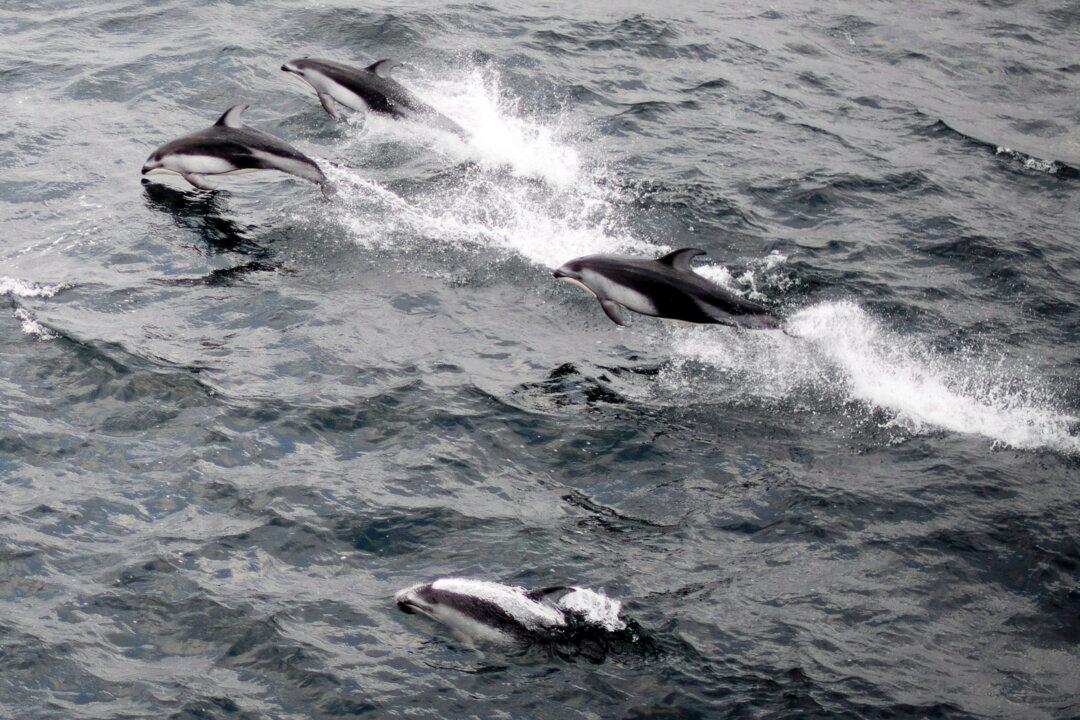Dave Anderson, a whale watcher, is known to fly drones over Dana Point, California.
In numerous YouTube videos, Anderson captures whales, dolphins, and other marine life via his drones, which are fitted with cameras.


In numerous YouTube videos, Anderson captures whales, dolphins, and other marine life via his drones, which are fitted with cameras.